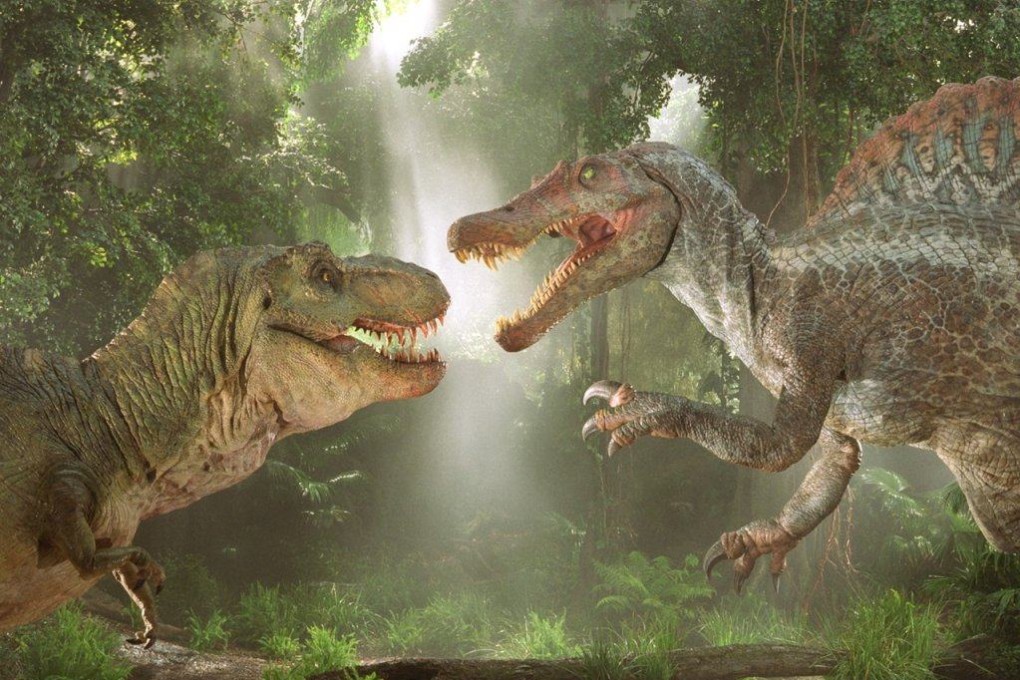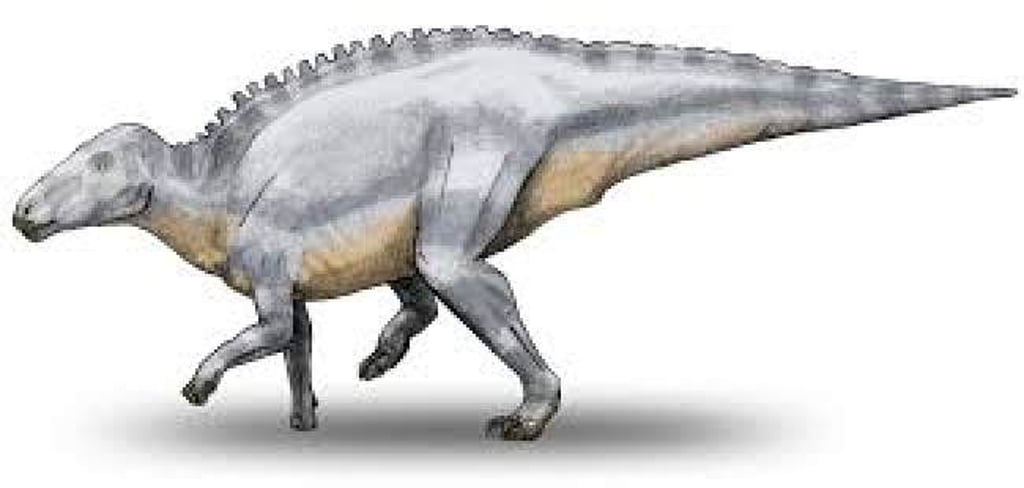How dinosaur fossils could help fill in cancer’s ‘jigsaw’ of molecular building blocks
It’s not quite Jurassic Park but scientists studying a fossil with a tumour say such research could influence future human cancer treatments

Dinosaur fossils could hold the key to new cancer discoveries and influence future treatments for humans, scientists say.
In a new study published in the journal Biology that was almost a decade in the making, researchers from two UK universities – Anglia Ruskin University (ARU) and Imperial College London – identified preserved structures resembling red blood cells in the fossil of a dinosaur that had a tumour.
The findings raised the possibility that prehistoric creatures could be used to study ancient tumours, helping to fill in the “jigsaw” of cancer’s molecular building blocks. This could potentially influence future treatments for humans.
The idea for the study began in 2016 when Professor Justin Stebbing, an oncologist at ARU, came across a news article about the discovery of a new fossil in Romania with a tumour in its jaw.
The remains were those of a juvenile Telmatosaurus transsylvanicus, a duck-billed, plant-eating “marsh lizard” that had lived 66-70 million years ago in the Hateg Basin in present-day Romania.

“Justin said, ‘Guys, I want to go and get this tumour and see what we can get out of it,’” said Dr Biancastella Cereser, a cancer specialist at Imperial.